How To Get Started With CERT
What in the world is CERT all about? Well, the initials, C.E.R.T. stand for Community Emergency Response Team. You can see a few different tools below that Certified CERT-trained people will use in a disaster. We as neighbors, friends and family need to learn how to work together in the event of an emergency.
As a group of neighbors, we took the eight-week course and we really did learn some great tools to use during and after a natural disaster or unforeseen emergency. It’s important to know what CERT is and how it can help your community as people get involved.
I wrote this post back in March of 2014, and with all the emergencies and disasters in the news lately, I felt the need to update the information for my readers. I strongly believe that some of you may want to become certified if you aren’t already.
Please note they have annual training to update all of us, so if you’re interested in knowing how to organize a group in your neighborhood, this is for you. The idea of training civilians to assist in the first responders’ role may seem strange to some of you, but CERT members can make a real difference.
This means that those of us who are trained by CERT will step up to the plate and do things we have been trained to do when and as needed. In most cases, we are not medically trained. If you think about it, medical personnel will be heading to clinics, hospitals, and makeshift medical care facilities. So our neighborhood and community will be helping each other as those who’ve completed CERT basic training jump in to assist.
How To Get Started With CERT
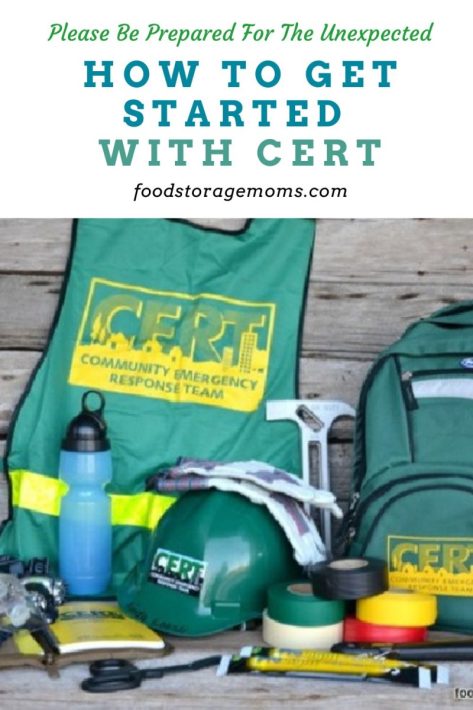
Why do we need CERT instruction and community involvement?
The course teaches you what to do after any disaster, including how to choose someone to be in charge of your team. The hazard training teaches members triage as part of the CERT concept. That means a trainer will instruct you on how to evaluate the condition of the individuals and property affected. You then put into use what you’ve learned and do things like apply different colors of tape needed for letting others know which condo, home, or apartment dwelling is in need of attention. You need to have someone in charge of emergency response very quickly after a disaster.
I have talked about this before, but I will mention it again. Here’s the deal, after a power outage, for example, during the first 24 hours you will look to see if the neighbors have lights. Hmmm, they don’t. In the next 24 hours, you will go check with your neighbors to see if they know what’s going on. The first 24 hours may not be a big deal, depending on the type of disaster or emergency, but the next 48 hours could be critical if people don’t start looking out for each other.
CERT-trained community members may be asked to provide some needed supplies and assistance.
It’s during the second 24 hours that people realize they have not prepared themselves for disaster by storing food, water, and other items we’ve talked about on this blog for years. This is when people may get mean and try to take advantage of others. Let’s just say they WILL be mean if they aren’t prepared at all.
Hunger and being thirsty are not pretty, and seeing your family look at you for food and water will be awful if you haven’t planned ahead. Please remember, we must be self-reliant, the government won’t deliver any food or water for days or weeks, possibly. I want you to think about what’s in your house this very minute, that may be all the food and water, toilet paper, soap, etc. you have available for use for a fairly long time.
The roads may be so damaged you can’t drive on them. The stores are closed due to a major disaster. If the stores are open the shelves will be empty within 24 hours or less.
How to Get Started with CERT
We also need to have some physical tools as well, in order to help each other with immediate needs. We are NOT doctors or nurses, but we need to know how to help our neighbors, friends, and family until help arrives, such as government agencies and medical personnel.
It could be a few hours, a few days, or even a few weeks in the most severe situations. None of us know when help may arrive. We NEED to be able to take care of ourselves. We can’t always depend on our government or local authorities, they can only do so much.
Community Emergency Response Team
Here are some of the things you will learn if you take all of the classes. My two favorite things in the class were learning to use a fire hose (it’s heavy and awkward to use, but fun), and listening to a doctor trained in psychological first aid.
- Disaster Preparedness
- Fire Safety
- Disaster Medical Operations-Part 1
- Disaster Medical Operations-Part 2
- Light Search and Rescue Operations
- CERT Organization
- Disaster Psychology
- Terrorism and CERT
- Course Review and Disaster Simulation
Why Every Community Needs CERT
Let me give you some statistics for OUR area in Southern Utah. These statistics are a few years old, but nonetheless, please look at these numbers in St. George, Utah (Washington County) area. We have on average 140,000 people living here. Washington County has 17 ambulances, 46 fire trucks, and 204 police cars.
We have two hospitals with 145 beds available to serve this population. These numbers are scary, we can’t depend on anyone but ourselves if a severe disaster hits. Please check out your local numbers. You might just be as surprised as I was when I saw the reality of the situation.
What’s In A CERT Bag or BackPack?
Here’s the deal, I have no medical training but I can organize just about anything. I thought to myself if we could get twenty people to join us, our neighborhood would be in better shape than it was before the classes. Well, we had 5 people, of course, now I live in Northern Utah, so I’m not sure how many are trained here in this neighborhood.
The C.E.R.T. backpack on the left above is actually my bag. The one on the right is my C.E.R.T. emergency bag with supplies. My husband has his own bags which I will show another day. He carries the medical supplies. We both have several duplicate items because we might not be in the same area all the time. We have slowly added to the bags as our budget could afford the items.
Here are the contents of my CERT backpack:
- A book to note my inventory and evaluation of homes and people, different colors of tape to mark the assessment of the injured people (red=needs immediate help, yellow=delay/not immediate, green means they are ok and may not need much assistance, and black means they are the worst off and possibly dead – Note: we’ll discuss triage and the use of the tape in more detail below).
- Berkey Sports Bottle for filtering water, goggles, headlamp, work gloves, and a 4 in 1 tool (shown below), CERT vest, light sticks, and scissors, N95 masks. My N95 Masks: 3M 8000 Particle Respirator N95, 30-Pack
or 3M 8511 Particulate N95 Respirator with Valve, 10-Pack
, and hardhat
- A set of instructions for various scenarios do deal with utility connections. We all need to be aware of how and where to shut off our water, electricity, and gas lines. Of course, we would never shut off the gas unless we can smell gas or fire coming our way, common sense needs to be used. I recommend everyone get the tool “On Duty” for shutting off gas lines, water lines, etc. It is a 4 in 1 tool. This is it: On-Duty Emergency Gas & Water Shutoff 4-n-1 Tool for Earthquakes, Hurricanes, Fires, Floods, Disasters, and Emergencies.
Mark’s CERT Bag Has Medical Supplies
Mark’s ( my hubby) CERT bag has all the medical supplies we will need until help arrives. if it arrives. I know of two nurses and one doctor in our neighborhood. Of course, I don’t know everyone that lives in the subdivision.
Some Items I’d Suggest You Consider Including in Your Bag(s):
- duct tape
- flashlight(s)
- first aid kit
- sharp knife
- clippers
- sunscreen
- toiletries
- toilet paper
- small tools like wrenches, hammer, socket set, screwdrivers, hand saw, etc.
- ear plugs
- sticks for splints
Update on the bags: We took a suturing class by a doctor to show us how to suture deep and shallow cuts if we had to do it. We now have two suture sets included in our bags. I have added a stethoscope and several surgical scissors and bandages we might need.
- Items like bleach will be critical if the sewer lines are broken.
- We will need black bags for trash, and body bags to tag or label with the name (if we know the name).
- I was really disappointed with the HOA where I lived after I asked for a list of the families that lived there. They refused to give me a list. I understand the privacy stuff, but I can only help those people who I know.
- I can’t waste any time on homes that appear empty when I know people live in homes near me.
- I wanted the list so I could ask people for their next of kin. I know my kids would want to know I was okay if I was hurt and unable to communicate.
Basics of CERT
This information is taken out of my Citizens Corp-CERT Participant Manual, I just modified the script to personalize it more.
CERT-Fire Safety
1. You basically gather facts regarding the disaster, what has happened, and how many people are involved.
2. Assess and communicate the damage, walk around the area, and determine what has happened to a house or commercial building you are assessing.
3. Consider probabilities, what is likely going to happen now, or what may happen through cascading events.
4. Assess your own situation: are you in immediate danger? Can you handle this situation or have the equipment that you need?
5. Establish priorities, are any lives at risk? Can you help? Remember, life safety is the first priority.
6. Make decisions, and base your decisions on the answers to steps 1 through 3. Establish priorities.
7. Develop plans of action, develop a plan that will help you accomplish the priorities, whether verbal or if more complex, and write them down.
Fire Extinguishers
In the CERT class, we all learned how to have a buddy with us to assist in putting out a fire. I must tell you those fire hoses are very very heavy. That was probably the most exciting thing I learned during our training. You sweep the hose to put out the fire.
Here are some interesting facts about regular fire extinguishers we have at home, in the garage, or in the car. All fire extinguishers are labeled with certain labels to identify which classification of fuel the extinguisher will be effective:
1. Class A Fires: Ordinary combustibles like paper, cloth, wood, rubber, and many plastics.
2. Class B Fires: Flammable liquids like oil, and gasoline, charcoal lighter, and kerosene.
3. Class C Fires: Energized electrical equipment like wiring or motors. Once the electricity to those is turned off they become a Class A.
4. Class D Fires: Combustible metals like aluminum, magnesium, or titanium.
So when you purchase a fire extinguisher it is extremely important to identify the type of fuel you suspect would be most common so you can select the correct extinguisher you think may be best for your personal situation to do the job correctly.
Triage
As mentioned above, one of the more interesting parts of the CERT class dealt with the term triage, which is a term that means “sort.” Triage isn’t always necessary, but during triage, the victims of a disaster are evaluated, then sorted by the urgency of the treatment needed, and then set up for immediate or delayed treatment.
Triage is used extensively in military maneuvers and has been shown to be very effective in situations where:
- There are many more victims than rescuers.
- There are limited resources.
- Time is critical.
You use triage as soon as possible after victims are located or rescued. During triage, victims’ conditions are evaluated and they are prioritized and labeled (tagged) into at least three categories:
* Immediate (I): The victim has life-threatening injuries like a blocked airway, heavy bleeding, or shock, that demand immediate attention to save their life. There is an urgent need for rapid, life-saving treatment. You can use two approaches to tag the victim: the first would be to put some red tape on the victim, and the other would be to write an “I” on the victim with some kind of marker. I guess another option would be to attach the red tape and then mark the tape with the “I”, then there wouldn’t be any questions.
* Delayed (D): In this case, the injuries don’t jeopardize the victim’s life. The victim may require professional care, but treatment can be delayed. Here you tag them with yellow tape and/or mark them with a “D”.
* Dead (DEAD): Here you note that there is no respiration after two attempts to open the airway. Because CPR is a one-on-one type of care and is so labor-intensive, CPR is not performed when there are many more victims than there are rescuers and you need your people resources applied to those who can survive the disaster. This is where you use the black tag.
One other tag to consider is a green tag that identifies the individual as in reasonably good/ok condition and not needing care.
Triage May Prove Difficult to Perform
The CERT program has the goal to do the greatest good for the greatest number of people. The process may seem to be a little arbitrary, but it isn’t a heartless exercise, you really are trying to help those needing the most assistance in the fastest manner possible.
The victims are then taken to the designated medical treatment area (immediate care, delayed care, or morgue). If you’ve had time to label the treatment areas with “I”, “D” or “Morgue” you can use any spontaneous volunteers or the less injured to help move the victims to these areas as appropriate.
There are special procedures to follow when conducting triage as listed below:
* Step 1: Stop, Look, Listen, and Think. Before you start, stop, and size up the situation by looking around and listening to observe and listen to what is going on around you and the victims. THINK about YOUR safety, capability, and limitations, and decide if you will approach the situation, and if so, how you’ll perform what is necessary.
* Step 2: Conduct Voice Triage. Begin your efforts by calling out as follows: “Emergency Response Team. If you can walk, come to the sound of my voice.” If there are survivors who are ambulatory, instruct them to stay at a designated location and continue with your triage process. There may be victims present who can provide useful information about the disaster at hand, unique issues about the location or building involved, and specific information about other possible victims who can’t be immediately observed.
* Step 3: Start Where You Stand and Follow a Systematic Route. Start with the closest victims and work outward in a systematic approach to cover the area as quickly and effectively as possible.
* Step 4: Evaluate Each Victim and Tag them. As mentioned above, “I” = immediate, “D” = delayed, or “DEAD”. Remember to include those who may be walking around but are still wounded/injured.
* Step 5: Treat “I” Victims Immediately. Initiate airway management, bleeding control, and treatment for shock for the “I” victims.
* Step 6: Be Sure to Document the Triage Results. Outline how resources were deployed, detail the victims’ locations, and record how many casualties were assisted under each category of severity.
Safety Comes First
Although we are all concerned about the victims in a disaster situation, the rescuer’s safety is most important during triage. Proper protective equipment is vital so you don’t endanger your own health. If you get hurt your ability to help others is limited. If you come in direct contact with other’s blood there may be long-term consequences. Take proper precautions!
Finally, consider helping to organize a CERT class in your neighborhood so all interested can benefit from the great training being offered. Check with your local police or fire department to see what it would take to put the CERT class together, then get busy and promote the class to everyone you can. It will be worth your effort. The CERT book alone is worth the price of the class, and the CERT backpack is a bonus. We learned a lot in the awesome class!
What is a Community Emergency Response Team?
According to Ready.gov “The Community Emergency Response Team (CERT) program educates volunteers about disaster preparedness for the hazards that may impact their area and trains them in basic disaster response skills, such as fire safety, light search and rescue, team organization, and disaster medical operations.
CERT offers a consistent, nationwide approach to volunteer training and organization that professional responders can rely on during disaster situations, allowing them to focus on more complex tasks.”
How to Get CERT Trained
If you want to get trained in CERT, then you will need to complete the classroom training that is offered by a local government agency. Sometimes the police or fire department will offer classes.
How to Get FEMA Certified
If you want to take it a step further and get FEMA certified, then you’ll need to contact the Independent Study Program’s Customer Support Center at (301) 447-1200 or independent.study@fema.dhs.gov.
FEMA: Federal Emergency Management Agency.
You might want to go check out “The Volunteer Protection Act of 1997”: The Volunteer Protection Act of 1997 signed by President Clinton(https://www.npccny.org/info/gti2.htm).
Final Word
This is one more way to be prepared for the unexpected. Please look into getting CERT Certified, you will be glad you did. May God bless this world, Linda

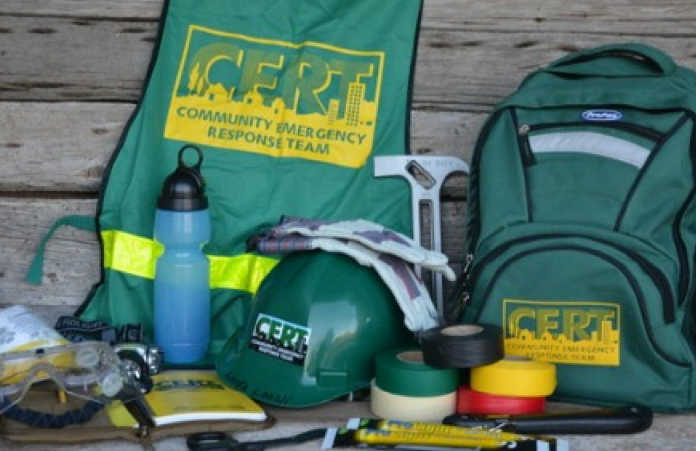

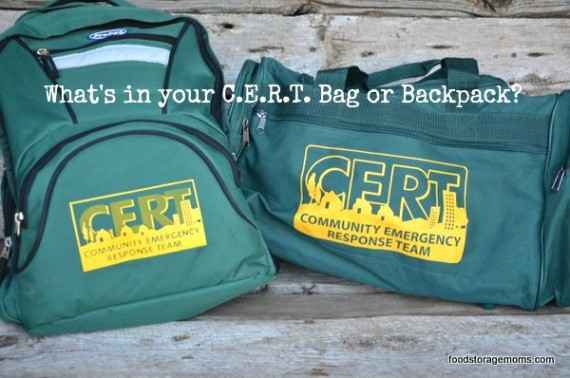
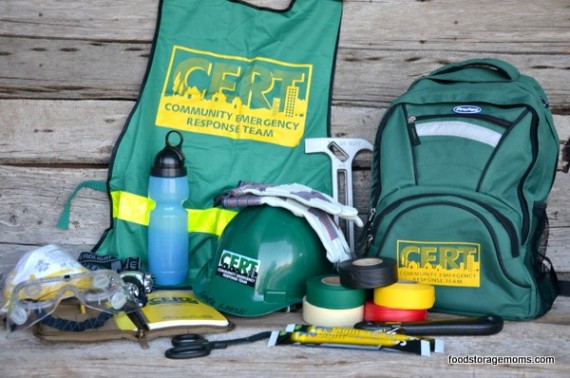
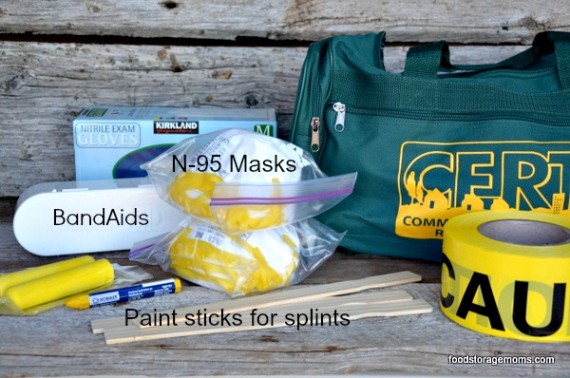

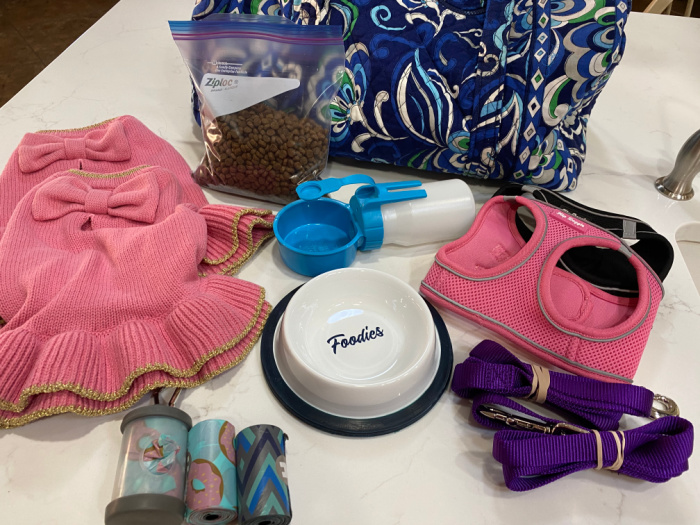
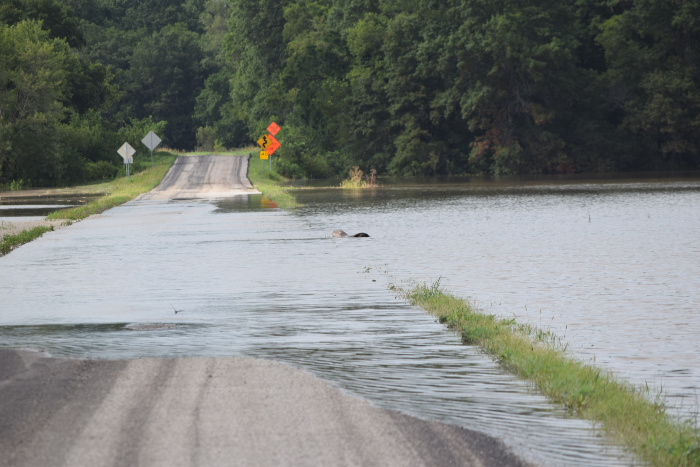
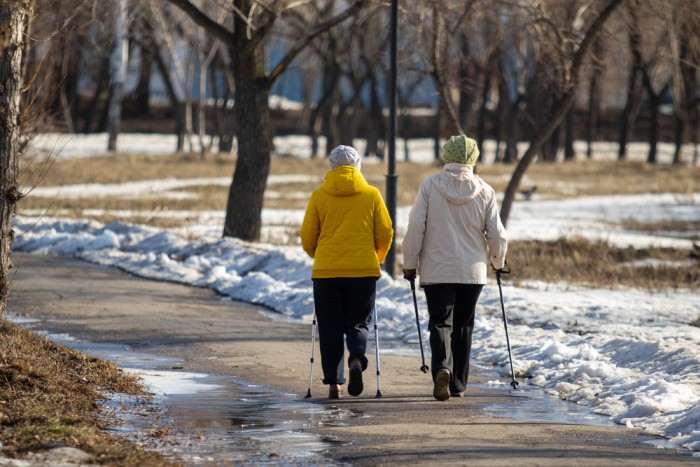

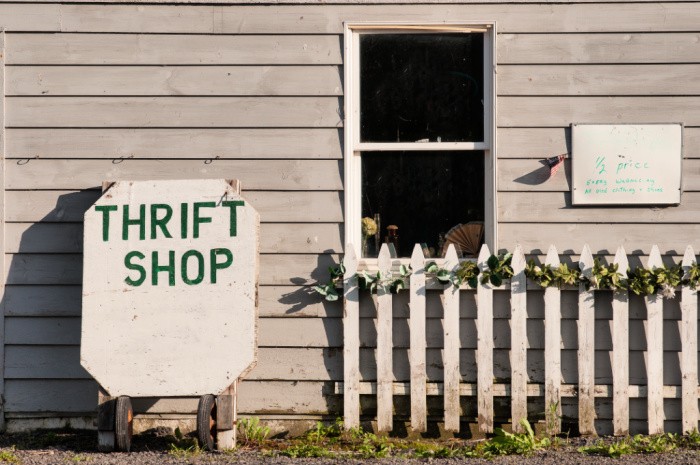




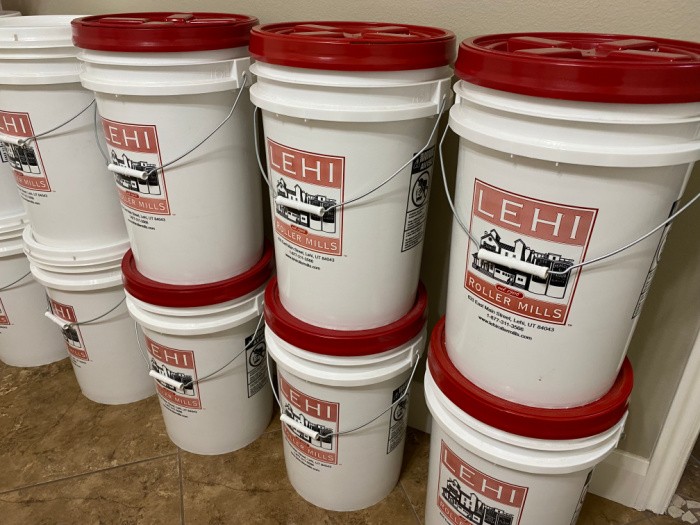

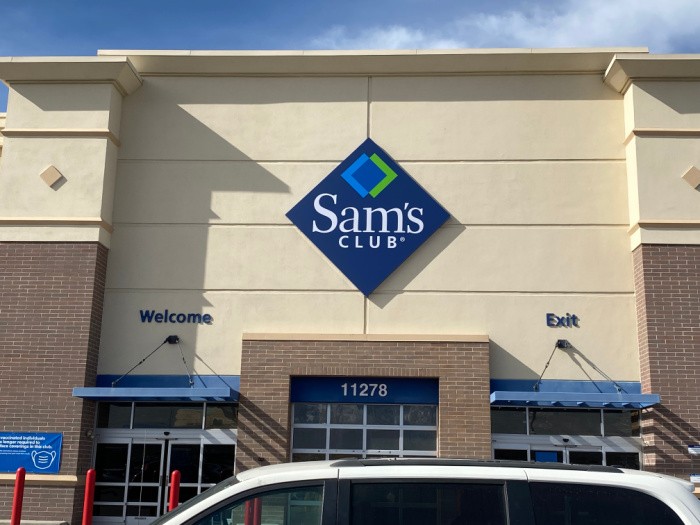






Good article. You did a similar one in November of 2018 that was titled” How To Get Started With CERT To Help Your Community “
Hi Karl, I changed the title and updated the post so other readers can maybe get started on the CERT. Thanks, Karl, Linda
I just thought I would point out the obvious. I do things like that. I was a member of CERT a long time ago, but they formed cliques based on where they lived. I didn’t live near any of them and dropped out. I did join the Public Safety committee in Taylorsville however and was part of the Emergency Response sub-group of the committee.
Hi Karl, Thanks for letting us know about the Public Safety Committee, and the Emergency Response subgroup. I love hearing about other groups that do similar things as CERT. Thank you so much, Linda
Hi Linda, another item you may want to discuss with your readers is Amateur (Ham) Radio. I’m a ham operator and back when I lived in the Salt Lake valley, I was a member of ARES (Amateur Radio Services) which is run by the ARRL (Amateur Radio Relay League). ARES groups coordinate with municipalities to provide radio communications during emergencies. What most people don’t realize is that public service radio communications (police, fire, EMS, etc.) has a limited capacity and can become overloaded quite quickly during an emergency. That’s where ham radio comes into play.
Anyway, keep up with your posts. They are very informative. I go back to your book, Prepare Your Family for Survival, quite often.
Hi Karl, I’m so glad you mentioned the Amateur (Ham) radio. Yes, indeed I need to write a post about it and get my license. I have had the book for years, I just need to do it, my friend, thanks again for the reminder. I’m on it. Thank you, thank you, Linda
Good article. It takes a ton of folks working together in major disasters. Having been through numerous tornados including 2 F5s that change the landscape just getting water and gas turned off was a chore that took many to accomplish.
Being in public service and/or usually in the direct effected zone I’m unable to do this but certainly appreciate all that come to help. It doesn’t go unnoticed.
Hi Matt, this is why I republished this post with some new information. We really need a group effort to get through any disaster. If 5-10 more people (preferably more, but we’ll take what we can get) would learn some of the CERT skills it will take the pressure off of everyone. We must be able to help one another. You are so right, Linda
Linda, you are a consistent and continued BLESSING! Thank you so much for all your dedicated work!
Hi Lillace, you are so kind with your words, thank you. I work hard to teach the world to be prepared one day at a time. Thanks again, Linda
We took the CERT class last year. I was quite upfront with the police officer who helped run the program, I told him I could not do triage, that I could not make decisions on who needed immediately care might not be someone else’s. That the idea of choosing made me hesitate. He said I could keep records of who went where, when help came. Not everyone has to do first aid, in an emergency there is plenty to do. They can balance your skill set with what is needed. Last night we had a bad windstorm in our area, one of our neighbors hangar was destroyed, the roof blew off and two walls blew out, thank G-d no one was hurt. Several neighbor went to help him salvage what he could. Other neighbors did nothing just came to watch. I was glad that he knew to call my husband and relatives first for help.
HI Linda, my biggest fear is where I live. It’s a neighborhood with houses but very few are prepared. My husband and I are prepared to take charge if it comes to that. We have very few leaders that I know in the neighborhood that could handle any disaster. I have tried to set up classes for FREE to get people involved but there is no interest. It seems as those our neighbors think the government will swoop in and take care of everyone. That will not be the case. It’s impossible for them to “take care of us”. We will be on our own for days, weeks, and possibly months. If everyone would take the CERT class they would learn why we must be able to take care of ourselves. Hopefully, someone in your neighborhood has some first aid skills. The doctors and nurses will be nowhere to be found because they will be needed at the hospital or makes-shift hospitals. God bless this world, Linda
We have two retired nurses in our area. One doctor who lives here part time. No one wants to learn but they expect to be taken care of. I’ve mentioned to friends if there was a disaster no FEMA would swoop in to help our tiny rural community, they would be in the big cities getting news coverage. As you experienced; no interest.
Hi Linda, As an RN, who still works from home, I’m interested in joining a CERT class. Can you please let me know the first place I should call to find out about them?
Thanks so much
Hi Suzanne, It all depends on where you live. Fema, your health department or fire department may know who is teaching them. This is a link that may help. With COVID, it may be delayed. Your skills as a nurse will be needed even more than CERT, you will be a gift to your neighborhood, truly. Linda
Great post as always, Linda.
I am not Cert trained and probably won’t be due to some physical limitations. BUT I have tried to teach my neighbors about getting prepared – a long lost cause for the last 4 years!
When this pandemic and subsequent lock-down occurred, most of my neighbors were prepared for 3-4 days at most. Many scrambled to get supplies and food and found that in some areas of “need” or “want” they were too late. Now I am hearing them whine about the prices going up (well I do as well but I have a plan in place which they don’t). I cannot help them!
The thing that concerns me the most is that these neighbors are figuring that the local authorities will help them out! I have not been able to convince them otherwise. So, while I will help out where and when I can, I am still limited to what I can do for them. There are many (senior community) who have to use mobility aids: walkers, canes, scooters, wheel chairs. Some of them live on the 2nd and 3rd floors. My main concern there is that if the elevators are out, they will not be able to get out on their own – well, those with walkers and canes will with some assistance but scooters and wheel chairs, not likely. I will not be able to help those who cannot manage pretty much on their own. It is frightening to say the least.
Hi Leanne, it’s hard because we can only do so much for those who are not realizing the need to be prepared. I am done trying to convince them. They think others will provide for them. They will be in shock, to say the least. I would worry about those people on the second and third floors. Hopefully, they will have enough warning to get down those stairs if the power goes out. YIKES! I sleep at night knowing I have everything I need right now. May God bless our neighbors, Leanne! Linda
I once called to take a CERT class. I don’t recall what the name stood for as I have seen different things such as Citizens Emergency Response Team, Certified Emergency Response Team and even Certified Emergency Response Training. The ONLY thing that remains the same is the word “emergency”.
Anyway, I called the listed fire department and heard nothing back from them. I did mention that for me it would be hard to wear a suit or to deal with extreme heat, but I got no response on that. The person took my number and that was it.
I would like to mention that FEMA does offer free brochures and materials on how to prepare for various emergencies and also materials to study for their classes or tests. So, if one wants to go it alone, maybe start a group and/or can’t find any training available or just wants all this free information to learn more, it’s available. And many prepper sites have manuals and guides such as how to survive nuclear war. It was by reading those books that I got into preparedness and different areas of survival.
Hi Frank, that’s too bad no one got back to you. Mark and I contacted the local CERT group and signed up through emails. I’m glad you found other ways to be prepared. Linda
Hi Linda! I’m happy to say that I finally found a CERT program near me, registered, and start my first class tomorrow evening! I am nervous and excited, mostly nervous! Thank you for writing about this–I don’t think I ever would have learned about this opportunity. Wish me luck!!!
Hi Lisa!!! Squeal!! You will love it if you have good instructors, I had great ones! Plus, the stuff you learn first hand is awesome!!! Good luck my sweet friend! Linda